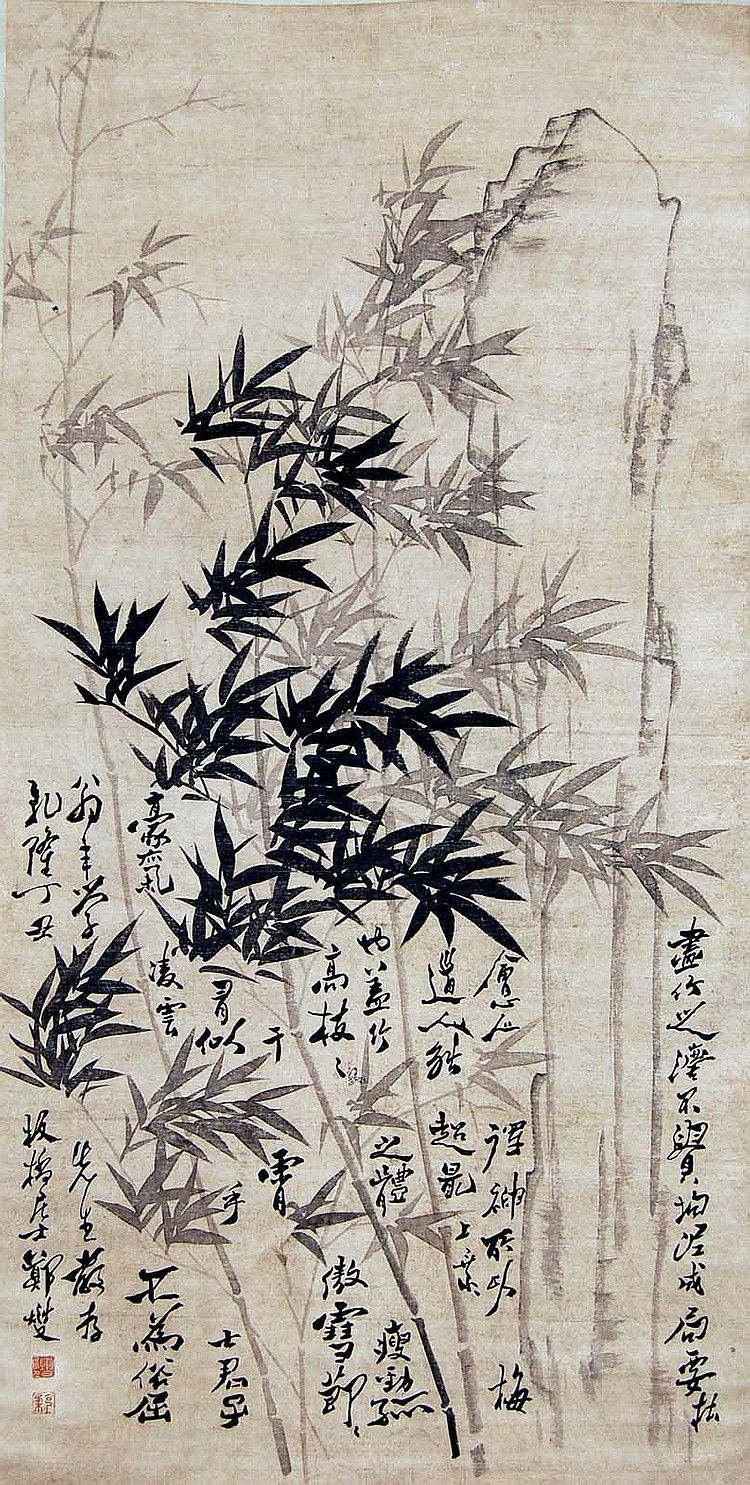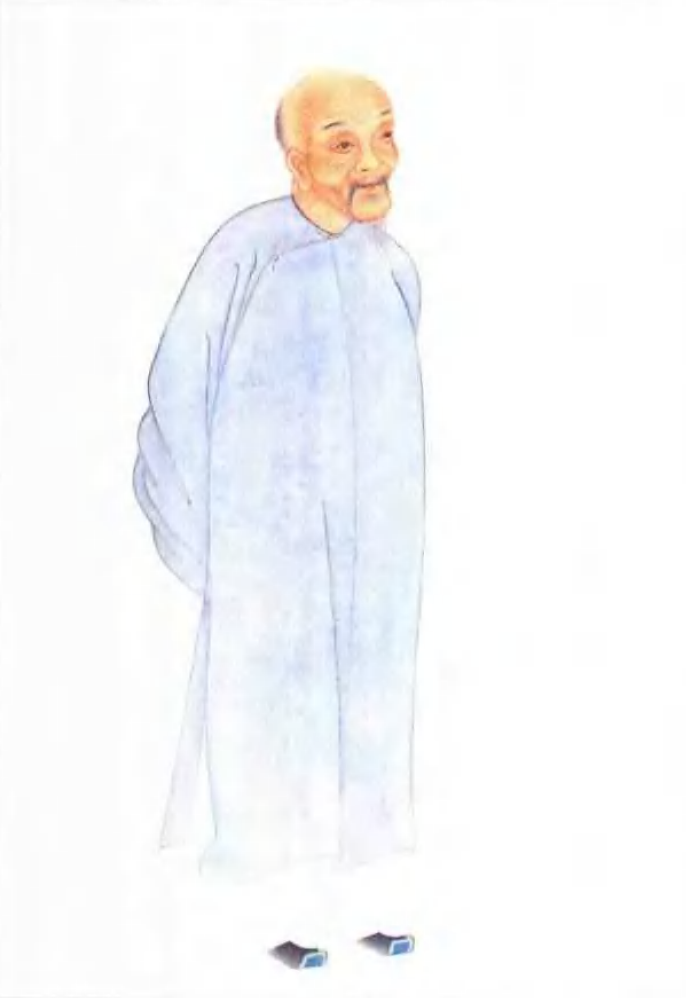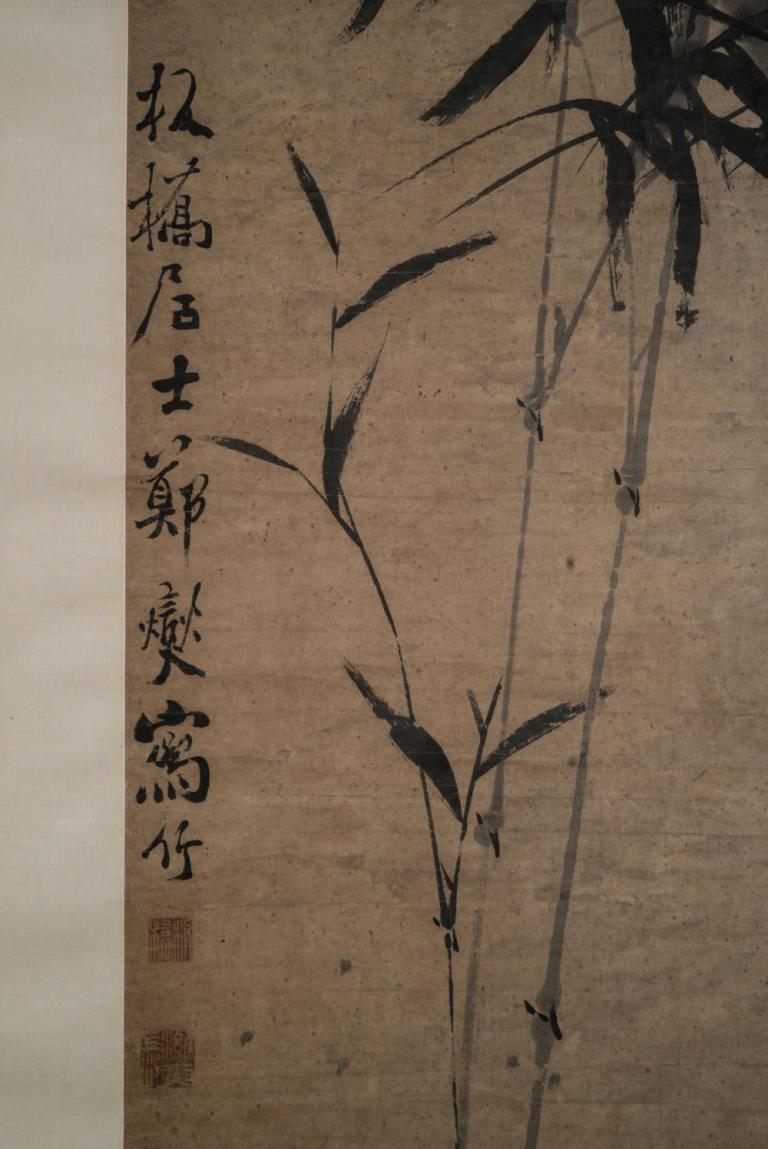Fu Shan, Jin Nong and Zheng Banqiao: Challengers to the Previous Calligraphers
5 min readCalligraphy of the early Qing dynasty continued the trend toward innovation and was practiced mainly by adherents to the Ming dynasty and the surrendered Ming officials. Fu Shan was undoubtedly an outstanding representative among them.
Born in Yangqu (now Taiyuan, in Shanxi), Fu Shan (1607-1684), was initially named Dingchen, courtesy name (zi) Qing zhu (zhu in the rising tone, meaning green bamboo) later changed as Qingzhu shu in the falling-rising tone, meaning host)and courtesy name (hao) Zhenshan, Shidaoren, Songqiao Laoren. Fu advocated that in learning calligraphy calligraphers should not degenerate themselves into slaves of the previous masters but should pursue the essence o calligraphy.

He believed the greatest value of calligraphic works was a display off individuality and frankness and to that end calligraphers should give prominence to cultivating their minds and personalities-calligraphers should never surrender to anyone as if they were slaves. Apparently, what he said about calligraphy was far beyond calligraphy itself and a strong sense of anti-Qing emotion could be perceived. However, during the reign of first four emperors who all imposed tight political control, the anti-Qing emotion never came to the surface. All the four emperors liked imitating others’ works, among which they favored Dong Qichang’s and Zhao Mengfu’s best. So although it was in the early Qing dynasty that Fu Shan expressed his thought about calligraphy, his thought became popular only after the reign of Jiaqing and Daoguang and finally became a mainstream in the late Qing dynasty.
Fu has left many works. His regular script is tinged with an air of simplicity and honesty, righteousness and individualit, and his small regular is especially excellent. He wrote semi-cursive and cursive scripts in the way that people wrote seal character or official script, so his calligraphy is of a strong muscular air which differs from the soft and elegant style prevailed since the Yuan and Ming dynasties. He was the first one to write semi-cursive and cursive scripts in that way.
Though he didn’t have as good a command on the traditions as Wang Duo, the strong personality, strength and talent revealed in his works were well enough to compensate his defects in skills Besides Fu Shan, Chen Hongshou, Shi Tao, and Zhu Da all belong to the surviving calligraphers in the turn of Ming and Qing dynasties. Unwilling to be bounded by the social regulations, these calligraphers chose to pursue freedom and persona development, contributing a lot to the development of calligraphy in the early Qing dynasty with their works of different yet distinguished styles. During the reign of Emperor Yongzheng in southern China emerged some painters and calligraphers who attracted great attention with their novel works. Like Wumen School in the mid-Ming dyn the dynasty, they were quite active in developed areas and mostly in Yangzhou where the famous” Eight Eccentric Painters of Yangzhou” lived.
As for who were the “Eight Eccentric Painters”, opinions varied, but without any doubt, their activities and their extraordinary aesthetic awareness helped to develop paintings of freehand brushwork. Though Jin Nong, Zheng Banqiao, Liu Yong and Wang Wen, four of the “Eight Eccentric Painters of Yangzhou” were still imitating others works as other calligraphers in the early Qing dynasty did, they had the courage to innovate and challenge ancient masters in the hope of opening a new door for calligraphy. Jin Nong (1687-1764), courtesy name (zi) Shoumen, courtesy name (hao) Dongxin, was from Renhe (now Hangzhou, in Zhejiang). He entitled himself as “a senior of three dynasties” Jin Nong excelled in poetry, calligraphy, painting, seal cutting, music appreciation and collection, but he was most famous for the first two. His paintings were of a peculiar style. Figures, mountains, rivers, flowers, Buddha and animals painted by him seem to be totally different from those by others.
In calligraphy, he dedicated himself to the tablet inscriptions handed down from the Han, Wei and Six Dynasties, making a good start for the later rise of tablet inscriptions. He applied some features of the official script to regular script and called this new style “qishu” lacquer script which revealed beauty through rough strokes.
When the fashion of learning calligraphy from copybooks or rubbing books still dominated the field of calligraphy, Jin Nong’s “qishu”, which was so fresh, astonished and inspired all the other calligraphers. Apart from lacquer script, his regular and semi-cursive scripts were also of a peculiar style. Most of his works were handed down through paintings or personal letters written on bamboo boards Jin’s style had a wide range of influence One of his students, named Luo Pin, wrote a poem in praise of Jin’s works, saying that his style exerted great influence not only on China but also on Southeast Asia and even Europe In the circle of calligraphy, it was very seldom. In later generations, many people followed his style, but no one turned out to be successful mainly because they failed to understand that the essence of Jin’s style is free from the binding of the previous calligraphers instead of simple imitations.

Zheng Banqiao (1693-1765), his given name is Xie, courtesy name (zi) Kerou, courtesy name (hao) Banqiao, Banqiao Daoren, was from Xinghua, Jiangsu. Apart from inspirations from calligraphers in the Han and Wei dynasties and from Cai Yong, Zheng Banqiao made a conscious effort to study the inscriptions on stone steles and tablets left down from the previous dynasties. His regular script was after Huang Tingqian, semi-cursive script after Su Shi and Huang Tingjian, cursive after Zhang Xu and Huai Su. While studying the rubbings from tablet inscription, he did a lot to transform cursive script.
When the emperor only adored Zhao Mengfu’s style and other calligraphers fancied inscriptions, the new style created by Banqiao, completely new to oth oers, was a challenge to the common practice as well a a rebellion against monotonousness of calligraphic works. His works form a sense of order through disorder. This new style was more than an innovative style but a further development of the aesthetic values of expressing minds through calligraphy and being natural and sincere.









